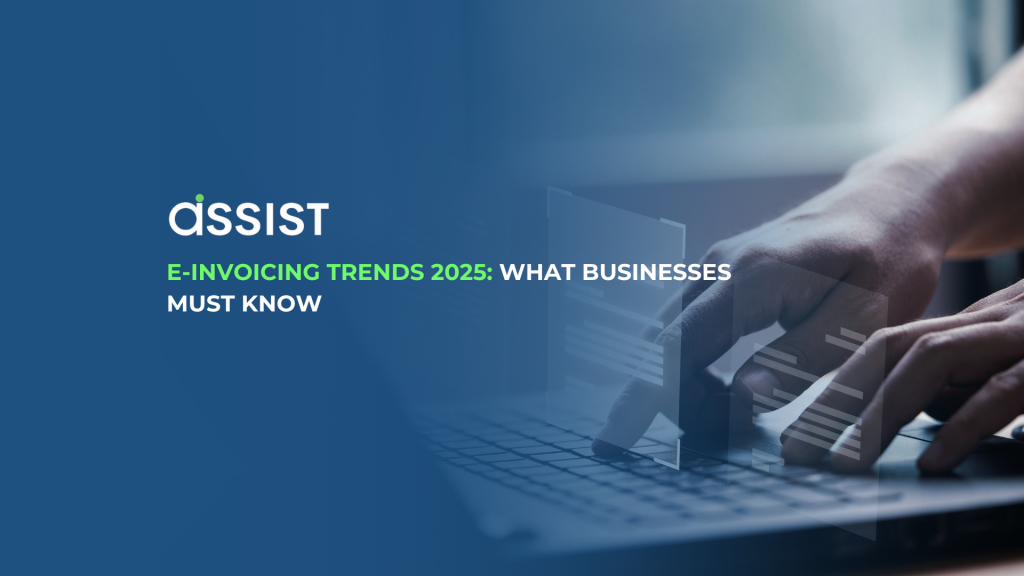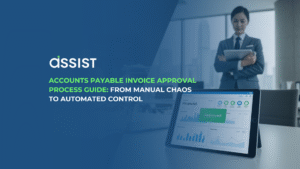As the global business landscape undergoes a digital revolution, few changes are as impactful as the rise of e-invoicing. By 2025, electronic invoicing will move beyond early adoption to become a regulatory and operational standard across many countries.
Driven by government mandates and technological advancements, e-invoicing is evolving from a back-office function into a strategic enabler of compliance, efficiency, and growth. For companies looking to stay competitive and compliant, understanding the e-invoicing trends of 2025 is essential.
Table of Contents
ToggleThe Global Compliance Wave: Governments Are Going Digital
Across the globe, governments are tightening their invoicing regulations. In Europe, countries like Italy, France, and Poland are mandating B2B e-invoicing, with EU-wide requirements on the horizon. Latin America has long led in digital tax control, and their frameworks are now influencing broader international standards.
Asia is catching up quickly. Malaysia’s phased implementation of e-invoicing begins in 2024, expanding in 2025 to include most businesses. India is following suit, with structured formats and real-time invoice reporting.
What This Means for Businesses
Failing to comply may result in financial penalties, audit risks, or cash flow interruptions. E-invoicing is no longer just a tech decision — it’s a compliance obligation.
Tech Innovations Powering the E-Invoicing Revolution
The real force behind e-invoicing in 2025 lies in the technologies enabling smarter, faster, and more secure invoice management.
Artificial Intelligence (AI)
AI algorithms now help companies match invoices with purchase orders, detect duplicates, and flag anomalies before submission. This reduces human error and frees up time for finance teams.
Blockchain for Trust
Blockchain provides a secure ledger that ensures transparency and tamper-proof invoice history. This is especially important in cross-border B2B transactions, where disputes are common.
API-First Systems
Modern platforms are replacing static batch uploads with real-time API integrations. Businesses can now send, validate, and track invoices instantaneously through ERP, procurement, or accounting systems.
Robotic Process Automation (RPA)
RPA bots are automating invoice creation, classification, and routing — streamlining high-volume workflows for large enterprises.
The Strategic Advantage of E-Invoicing
E-invoicing isn’t just a cost-cutting tool — it’s a strategic investment.
Faster Payments & Improved Cash Flow
Companies using real-time invoice processing report significant reductions in Days Sales Outstanding (DSO), meaning faster access to cash.
Lower Processing Costs
By automating invoicing, businesses can cut invoice-related costs by up to 80% while improving accuracy and audit readiness.
Improved Relationships
Reliable invoicing reduces disputes with suppliers and customers, improving trust and retention.
What Early Adopters Are Doing Right
Real-world examples provide critical insight into the future of e-invoicing:
- A Southeast Asian retailer that implemented AI-based invoicing saw processing times fall from 10 days to just 48 hours — with a 40% reduction in errors.
- A European B2B manufacturer integrated an API-driven solution into their ERP, enabling compliance with local tax rules and boosting supplier satisfaction scores by 30%.
These success stories show that early movers aren’t just surviving — they’re thriving.
Is Your Business Ready for 2025?
Use this quick checklist to assess your readiness:
✅ Are you aware of e-invoicing regulations in each country where you operate?
✅ Can your system generate structured invoices (e.g. XML, UBL)?
✅ Are AI or automation tools in place to handle invoicing tasks?
✅ Is your invoicing system connected to your ERP and tax platforms?
✅ Are you ready for real-time validation or clearance by tax authorities?
✅ Have you reviewed your e-invoicing processes for data security?
If you answered “no” to more than one, your business may be at risk of falling behind.
Conclusion: Make the Transition Count
E-invoicing in 2025 is not just about going digital — it’s about staying ahead in a fast-moving regulatory and technological environment. Businesses that act now will not only ensure compliance but unlock new efficiencies and strategic advantages.
Need help navigating Malaysia’s upcoming e-invoicing requirements? Visit assist.biz for expert support and solutions tailored to your business.





